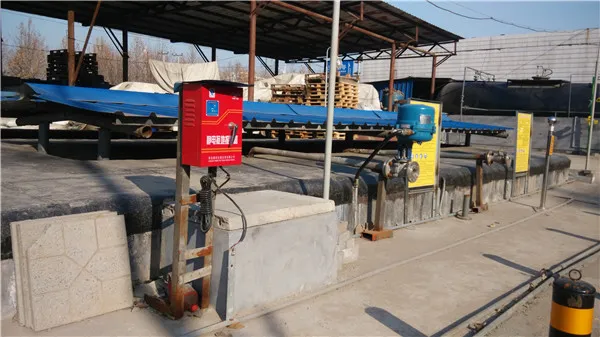Understanding Cationic Polyacrylamide (CPAM) Applications and Benefits
Cationic polyacrylamide (CPAM) is a versatile synthetic polymer that has gained significant traction across various industries due to its unique properties and applications. This polymer is characterized by its cationic nature, meaning it carries a positive charge, which makes it particularly effective in a variety of processes, especially in water treatment, papermaking, and soil stabilization.
Understanding Cationic Polyacrylamide (CPAM) Applications and Benefits
Beyond wastewater treatment, CPAM is also widely used in the paper industry. Here, it plays a dual role as a retention aid and a dry strength agent. By enhancing particle retention during the papermaking process, cationic polyacrylamide helps improve the efficiency of fiber utilization, resulting in higher-quality paper products. Additionally, it contributes to the mechanical strength of the paper, making it more durable and suitable for various applications. The use of CPAM in papermaking not only boosts production efficiency but also offers economic benefits by reducing raw material costs.
cationic pam

In the agricultural sector, cationic polyacrylamide is employed for soil stabilization and erosion control. The positive charge of CPAM enables it to bind soil particles together, improving soil structure and reducing the risk of erosion, particularly in areas vulnerable to heavy rainfall or wind. This property is especially beneficial in agriculture, where maintaining soil integrity is essential for sustainable crop production. CPAM can also enhance water retention in soil, making it a useful additive in arid regions where irrigation is crucial. By improving soil quality and reducing erosion, CPAM contributes to better agricultural yields and land conservation.
Moreover, CPAM has found applications in the oil and gas industry, particularly during drilling operations. It is used to enhance the properties of drilling fluids, improving their viscosity and stability. This results in better wellbore stability and increased efficiency in the extraction process. The use of cationic polyacrylamide in this context not only enhances operational efficiency but also minimizes the environmental impact associated with drilling activities.
Despite its numerous benefits, the use of cationic polyacrylamide also warrants consideration of its environmental impact. While CPAM is generally regarded as safe, its biodegradability and potential toxicity to aquatic organisms require ongoing research and monitoring. Manufacturers and users of CPAM are encouraged to adhere to best practices to minimize ecological risks, including proper dosage and application rates.
In conclusion, cationic polyacrylamide plays a vital role in multiple industries, from water treatment to agriculture and oil extraction. Its unique properties make it an invaluable tool in promoting efficiency, improving product quality, and ensuring environmental safety. As industries continue to evolve and face new challenges, the versatility of CPAM positions it as a key component in developing sustainable solutions for the future. Ongoing research and innovation in the field of polymer science will likely unveil even more applications and enhance the effectiveness of cationic polyacrylamide in various sectors.

